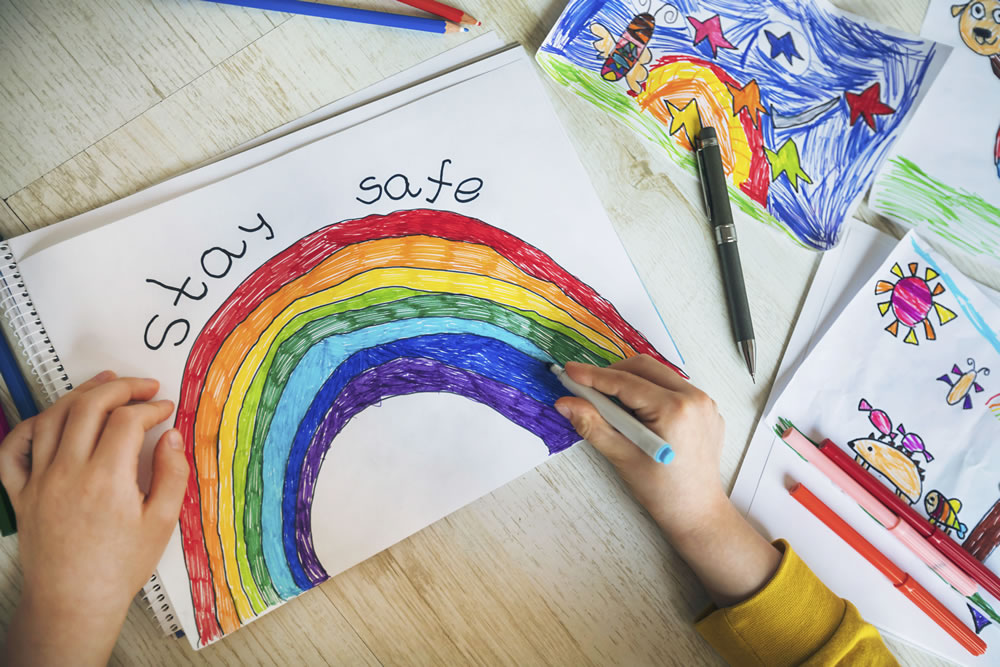International approaches to lockdown in early childhood settings
Published on Tuesday, 25 August 2020
Last updated on Wednesday, 21 October 2020

In New Zealand, early childhood centres were closed during the first wave of the COVID-19 pandemic and even when they reopened many families chose to keep their children at home. This contrasts with the situation in Australia, where for the most part early childhood centres remained open to families.
A new study from the University of Gothenburg has sought to compare the different responses to lockdown by early childhood provider and describes how preschools and preschool teachers in Sweden, Norway and the United States acted when the coronavirus pandemic struck in March.
While in Sweden, preschools were kept open, with certain restrictions, they were completely shut down in Norway and parts of the US.
It's a real eye-opener just to see the different strategies set out. They’re worlds apart,” says Ingrid Pramling Samuelsson, Professor of Early Childhood Education at the University of Gothenburg.
Ingrid Pramling Samuelsson and her fellow researchers from Norway and the US asked preschool teachers and head teachers to report on how they responded to the pandemic in the March. One preschool from each country took part in the study.
A common theme that emerged was the staff were torn between concerns about personally becoming infected, compliance with the new restrictions and the professional desire to maintain high-quality early childhood education. However, there were major differences in the restrictions that were introduced in each country and how the preschools responded.
In Sweden, after an initial period when many parents kept them at home, children attended preschool more or less as normal. The Swedish preschool teachers report drawing up their own emergency plan, which included guidelines on areas such as stricter hygiene procedures, talking to the children about the virus and restrictions relating to parents and activities.
In Norway, on the other hand, all preschools were closed for six weeks. During that time, the preschool teachers sent out video greetings, recorded stories and other material as a means to maintain contact with the children. At Easter some teachers even went to the children’s homes dressed in Easter Bunny costumes to wave to them from outside. When the preschools reopened, numerous national restrictions meant that the children had to be separated into small groups that were kept apart from each other.
In the US, the pandemic was handled primarily at state rather than federal level. California, where the participating teachers work, shut down all its preschools. The preschool in the study tried to keep up its education provision with the help of digital tools.
“Sweden and Taiwan are actually the only two countries that didn’t close their preschools at all during the pandemic. Everywhere else, the governments tried to outdo each other with the measures they’ve introduced.
However, very few young children have fallen ill and there is no evidence that preschool teachers in Sweden have been harder hit than any other professional groups. So there is no reason to shut down early childhood education,” says lead researcher Professor Ingrid Pramling Samuelsson.
Another international team of researchers is currently investigating how preschools in various Asian countries have handled the pandemic.
Related Articles

COVID-19 Information for ECEC
COVID-19 – information for ECEC.

How are ECE services responding to COVID-19?
Rapidly changing circumstances around containment measures and the spread of COVID 19 mean it is very important to rely on official sources of information.
